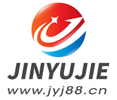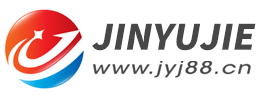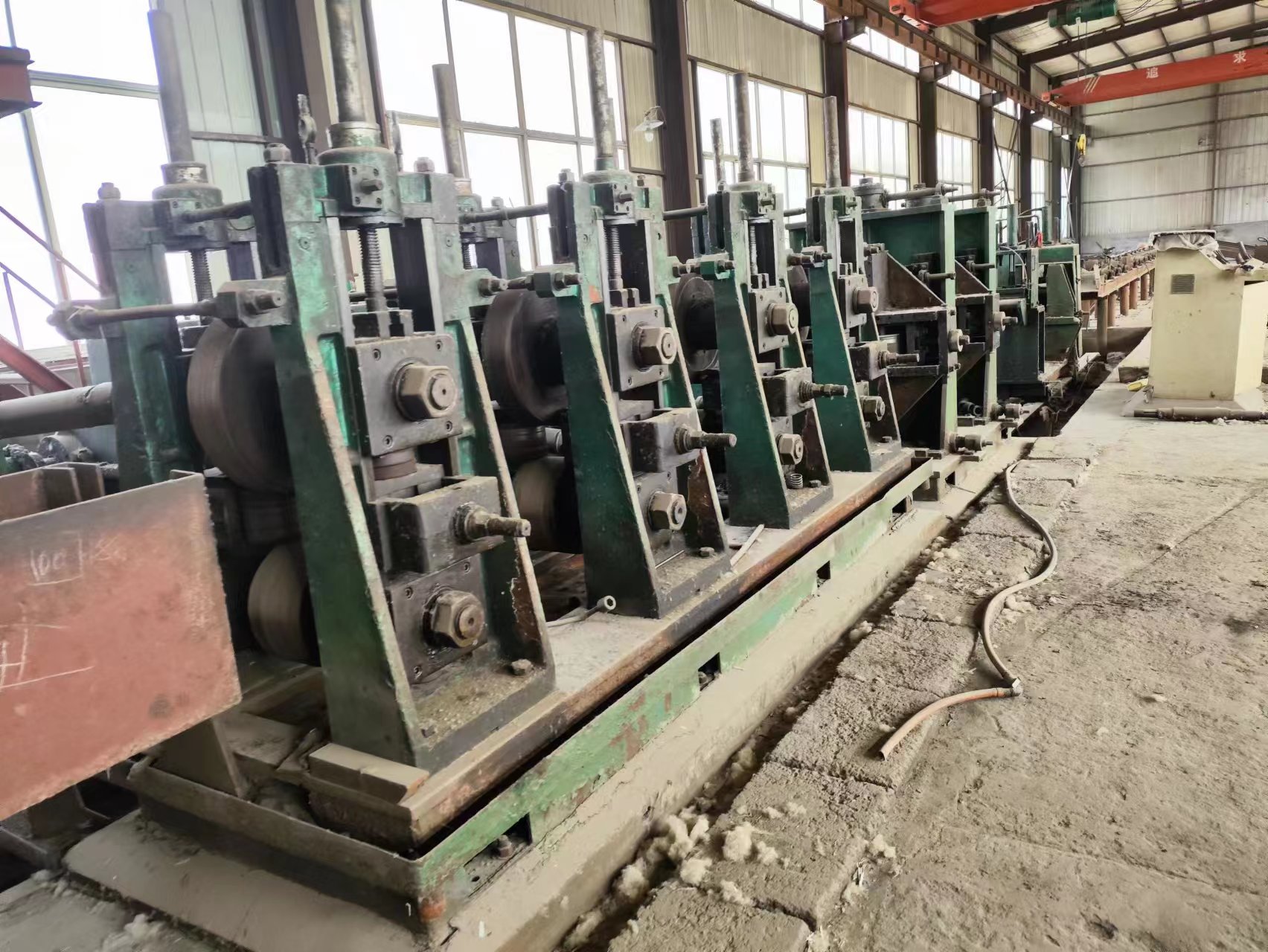The reasons for the formation of burrs in the used HFW pipe machines
- Sort:Information
- Auth:
- Source:
- Release time:2023-02-06 11:30
- Pvs:
【概要描述】There are 7 reasons for the formation of burrs in the used HWF pipe machines. There are mainly ① high frequency welding power is too high. ②The docking form is not ideal. ③ Improper adjustment of cooling air. ④ Improper adjustment of cooling water. ⑤ The inner burr knife is not adjusted properly. ⑥The upper idler and lower drag roller are not running well. ⑦The welding seam is twisted.
The reasons for the formation of burrs in the used HFW pipe machines
【概要描述】There are 7 reasons for the formation of burrs in the used HWF pipe machines. There are mainly ① high frequency welding power is too high. ②The docking form is not ideal. ③ Improper adjustment of cooling air. ④ Improper adjustment of cooling water. ⑤ The inner burr knife is not adjusted properly. ⑥The upper idler and lower drag roller are not running well. ⑦The welding seam is twisted.
- Sort:Information
- Auth:
- Source:
- Release time:2023-02-06 11:30
- Pvs:
There are 7 reasons for the formation of burrs in the used HWF pipe machines. There are mainly ① high frequency welding power is too high. ②The docking form is not ideal. ③ Improper adjustment of cooling air. ④ Improper adjustment of cooling water. ⑤ The inner burr knife is not adjusted properly. ⑥The upper idler and lower drag roller are not running well. ⑦The welding seam is twisted.
(1) High frequency welding power is too high
In the production process of used HWF pipe machines, high-frequency welding operators often judge the level of welding power by the color and shape of the outer burr. The shape and color of the outer burr is related to the shape of the edge of the strip during welding. The shape and color of the outer burr are different due to the different shape of the edge of the strip. The inexperienced operators often make misjudgments, resulting in excessive welding power. A tumor is formed.
①Wrong side. In the process of high frequency extrusion welding, the edge of the strip is dislocated.
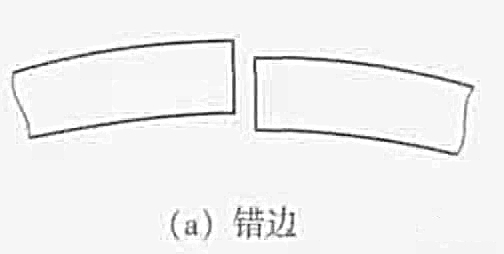
② Excessive curvature of one side of the plate edge: In the process of rough forming or fine forming, the rolling force on one edge of the plate may be greater than that of the other due to the deformation of the roll stand after long-term use, the poor operation of the roll bearing, etc. side so that the curvatures of the sides of the board are different.
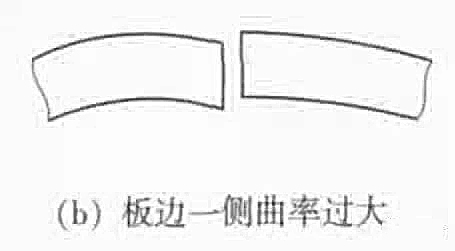
③There is chamfering or rounding on one side of the plate: before high-frequency extrusion welding, the plate edge needs to go through crane hoisting, uncoiling, shearing butt welding, looping, forming and other processes after longitudinal shearing. Chamfer or fillet the edge of one of the boards.
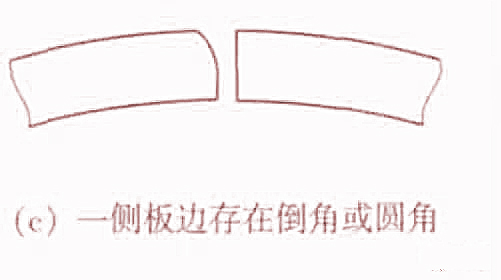
The above three situations can cause uneven size on both sides of the outer burr during welding, which will cause the operator to misjudge the welding state and cause the welding power to be too large.
(2) The docking form is not ideal
The following shows three types of edge butt joints during welding. Among them, the most ideal butt joint state is that the edges of the two plates are I-shaped (Fig. a), and the welding quality is good.
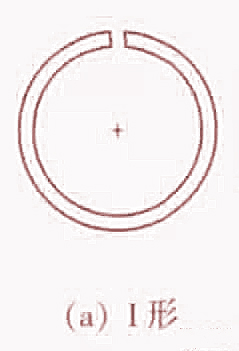
If the edge of the plate is V-shaped (Figure b), it will cause the V-shaped area at the bottom to converge first during the welding process, and a large amount of current will pass through the inner surface, causing the metal in the inner weld area to be overheated and melted; Even in order to make the metal in the outer weld area reach a molten state, the welding power must be increased, which will cause the welding temperature to be too high, resulting in a large number of welding beads, resulting in the formation of large particle buildup, and in this welding state, the outer burr is small. , the inner burr is larger, and the scraping amount of the inner burr is large.
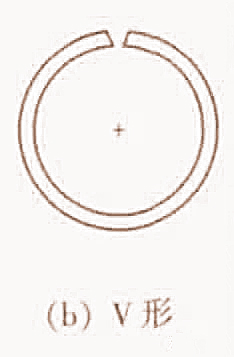
If the edge state of the board is an inverted V shape (Fig. c), the outer burr is generally larger and the inner burr is smaller, so the inverted V shape of the board edge should be avoided as much as possible during welding.
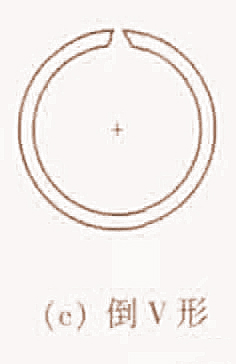
(3) Improper adjustment of cooling air
The cooling air on the inner burr blade plays a very important role in the scraping process of the inner burr blade. In addition to discharging slag to prevent welding slag from accumulating on the blade or burning the protective cover, it can also cool the inner burr to prevent internal burrs. The sticking of the knife occurs during the scraping process of the burr knife.
However, in actual production, it is often prone to the accumulation of nodules caused by the low cooling air pressure on the inner burr shank and the incorrect position of the tuyere. If the cooling air pressure is too small, there will not be enough force to blow away the welding slag, which will cause small particles to accumulate and accumulate on the tool shank or knife; The position cannot be blown slag, thus forming a buildup.
(4) Improper adjustment of cooling water
In addition to cooling the magnetic rod, the cooling water of the inner burr arbor can also play the role of removing the welding flash and welding slag falling on the front end of the protective sleeve during welding, so as to prevent the accumulation of hard lumps on the arbor. In the actual production process, due to the leakage or blockage of the water pipeline, the water pressure at the water outlet will be too low, and the accumulation formed at the front end of the resistor cannot be washed.
(5) Improper adjustment of the inner burr knife
In actual production, due to the improper cutting angle of the selected inner burr knife, improper adjustment of the burr knife bar, or a gap in the inner burr knife, etc., the inner burr will not be scraped smoothly, and it is also easy to cause accumulation.
(6) Poor operation of the upper and lower idlers
In the actual production of the used HWF pipe machines, the operator easily ignores the operation status of the upper and lower idlers on the inner burr bar. Due to improper inspection or improper adjustment, the idler cannot rotate normally. Once the upper and lower idlers are in poor operation (Figure 7~8), a large amount of welding slag formed during the welding process will accumulate at the idler and cannot be discharged, forming weld flashes, affecting the normal lifting of the tool bar or causing the tool bar to rise. Location changed. The poor operation of the upper idler causes the accumulation of lumps on the idler to be too large, the tool bar cannot be lifted normally or the tool bar is deviated, so that the burrs in the welded pipe are not removed well or not removed; The height of the pad or the deviation of the tool bar will cause the burr in the welded pipe to be scraped off, deep scraped or sheared butt welding joint cannot drop the knife normally when it passes through the high frequency welding position.
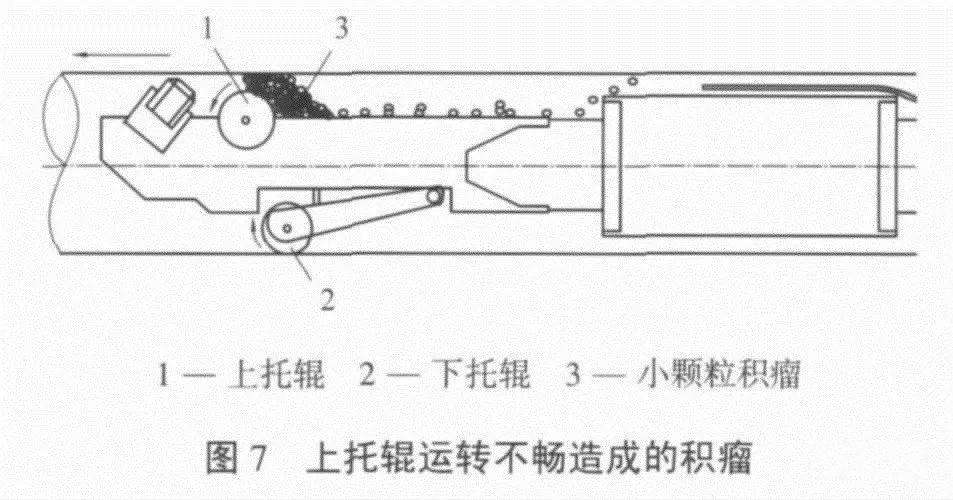
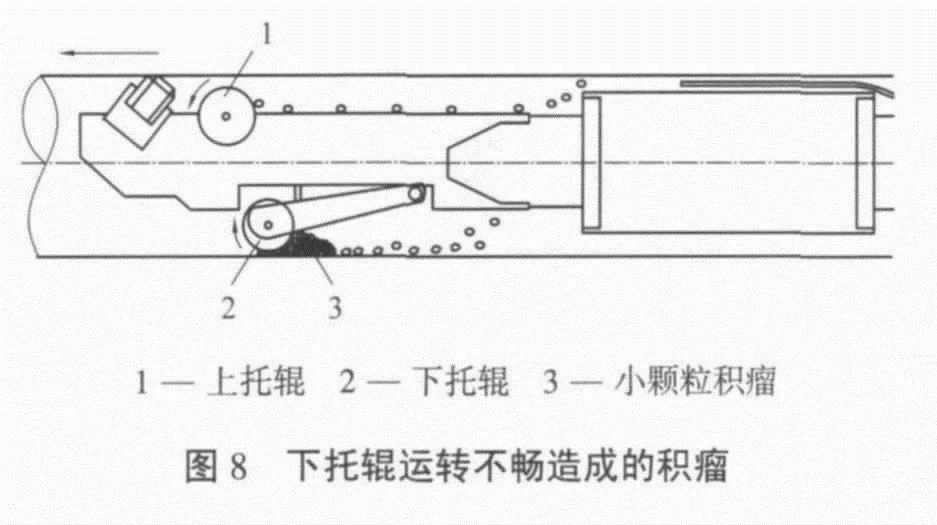
(7) Weld torsion
For small-diameter steel pipes, the welds are prone to torsion. When the welding seam is severely twisted, it will cause the internal burr to be scraped and even the welding flash will appear.
According to the reasons for the accumulation of burrs in the 7 kinds of used HWF pipe machines, we need to prescribe the right medicine to prevent the accumulation of tumors from affecting the used HWF pipe machines to produce welded pipes.
More News

Time of issue : 2023-10-31

Time of issue : 2023-10-28

Time of issue : 2023-10-25

Time of issue : 2023-10-22
Wechat: 13392281699
Email: zty@usedpipemill.com
Company address:No. A99, East Lecong Avenue, Lecong Town, Foshan City, Guangdong Province
Recommendation
Online Inquiry
LINK
Contact Us
Tel (wechat): 13336487288
Wechat:+86 13336487288
WhatsApp:+86 13336487288
Email: zty@usedpipemill.com
Address: No. A99, Lecong Avenue East, Lecong Town, Foshan City, Guangdong Province

